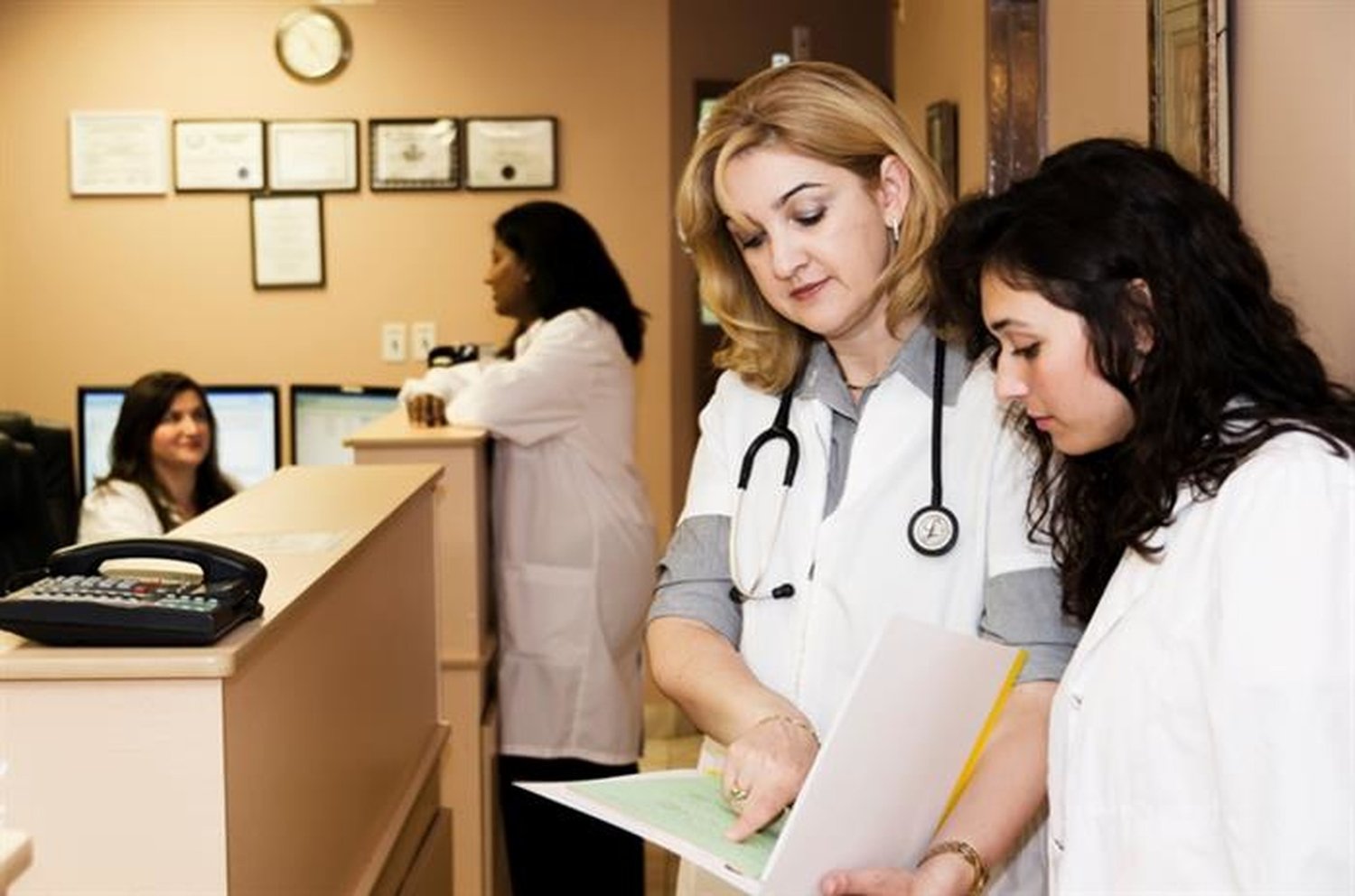Image: https://unsplash.com/photos/woman-in-white-long-sleeve-shirt-holding-white-printer-paper-xM_1ZYHOc9E
by Nancy Fernandez
At first glance, the worlds of accident clinics and movie making might seem worlds apart. However, a closer look reveals a fascinating interplay between these two seemingly disparate fields. This article delves into the unique connection between the practical, often urgent world of accident clinics and the creative, imaginative realm of filmmaking.
1. The Role of Accident Clinics in Film Production
On-Set Injuries and Immediate Care
Injury Management on Set: With the physical demands of film production, including stunts and action sequences, on-set injuries are not uncommon. Accident clinics often play a vital role in providing immediate care to cast and crew members. You can go to clinica de accidentes miami for the best results.
Partnerships with Production Companies: Some accident clinics form partnerships with film production companies to offer on-site medical services, ensuring quick response to any incidents.
2. Depicting Realism in Filmmaking
Drawing from Real-Life Medical Experiences
Authenticity in Medical Scenes: Filmmakers often consult with medical professionals, including those from accident clinics, to bring authenticity to scenes depicting medical emergencies or treatments.
Training Actors: Medical experts from accident clinics may be involved in training actors for realistic portrayal of medical professionals or patients in emergency scenarios.
3. The Impact of Film on Public Perception of Medical Emergencies
Influencing Audience Understanding
Educating Viewers: Accurate depiction of medical emergencies and treatments in films can educate the public about critical health issues and responses, potentially saving lives.
Shaping Health Awareness: Films that effectively portray medical scenarios can influence public awareness and attitudes towards health and safety, including the importance of accident clinics.
4. Collaborative Ventures in Health Education
Film as a Medium for Health Messaging
Public Service Announcements and Documentaries: Accident clinics sometimes collaborate with filmmakers to produce educational content, such as public service announcements or documentaries, about health and safety.
Community Outreach Programs: These collaborations can extend to community outreach programs, using film as a tool to engage and educate the public on health-related issues.
5. Accident Clinics as a Setting in Films
Utilizing Realistic Backdrops
Filming at Actual Clinics: Some film productions choose to shoot scenes at real accident clinics to achieve a more authentic environment.
Highlighting Medical Professionals: Films set in medical settings, including accident clinics, can highlight the critical work of healthcare professionals in emergency care.
6. Technological Advancements and Special Effects
Bridging Clinical Practice and Cinematic Techniques
Medical Technology in Films: The use of advanced medical technology in films often reflects real-life advancements found in modern accident clinics.
Special Effects and Realism: The film industry’s special effects techniques can be used to simulate medical procedures and emergencies, often guided by medical professionals from accident clinics for accuracy.
7. Legal and Ethical Considerations
Navigating Realism and Responsibility
Portraying Sensitive Content: Filmmakers must navigate the ethical implications of depicting medical emergencies, ensuring sensitivity and accuracy, especially when collaborating with accident clinics.
Legal Aspects of On-Set Medical Care: The presence of medical professionals on film sets also involves legal considerations, ensuring compliance with health and safety regulations.
Conclusion
The connection between accident clinics and movie making is a testament to the interplay of practicality and creativity. Whether it’s providing essential medical services on set, contributing to the realism of medical scenes, or collaborating on educational projects, accident clinics have a significant role in the world of filmmaking. This partnership not only enhances the authenticity of cinematic productions but also serves as a bridge between the medical field and the general public, fostering greater awareness and understanding of emergency medical care.



